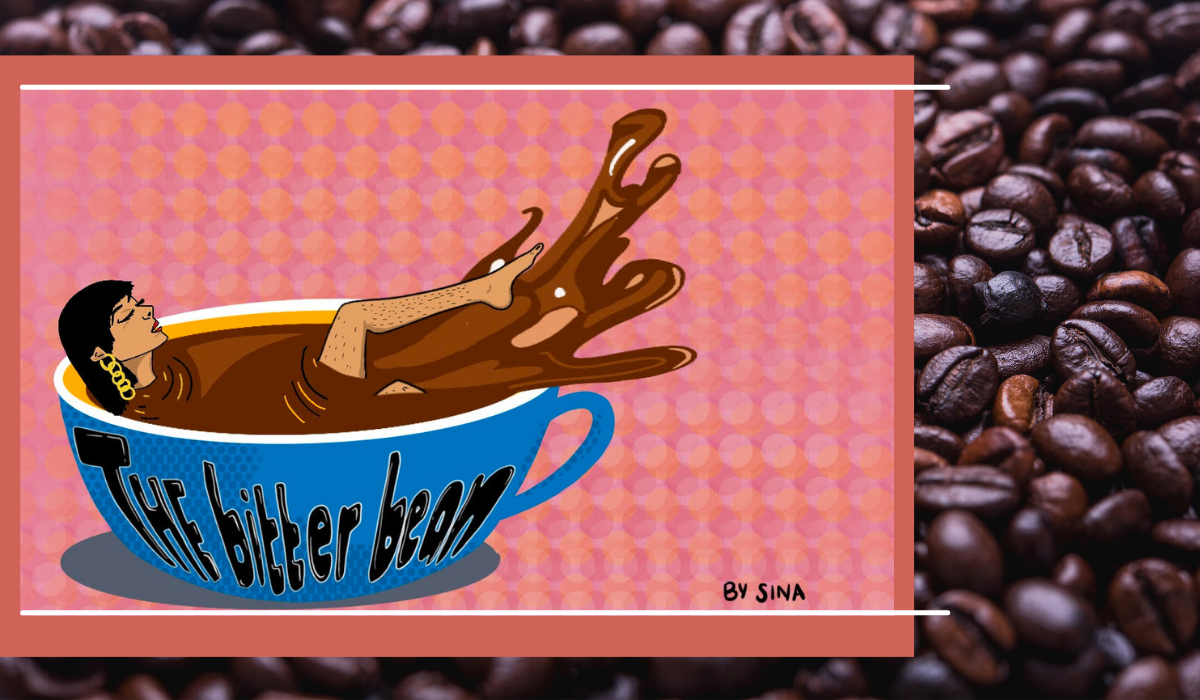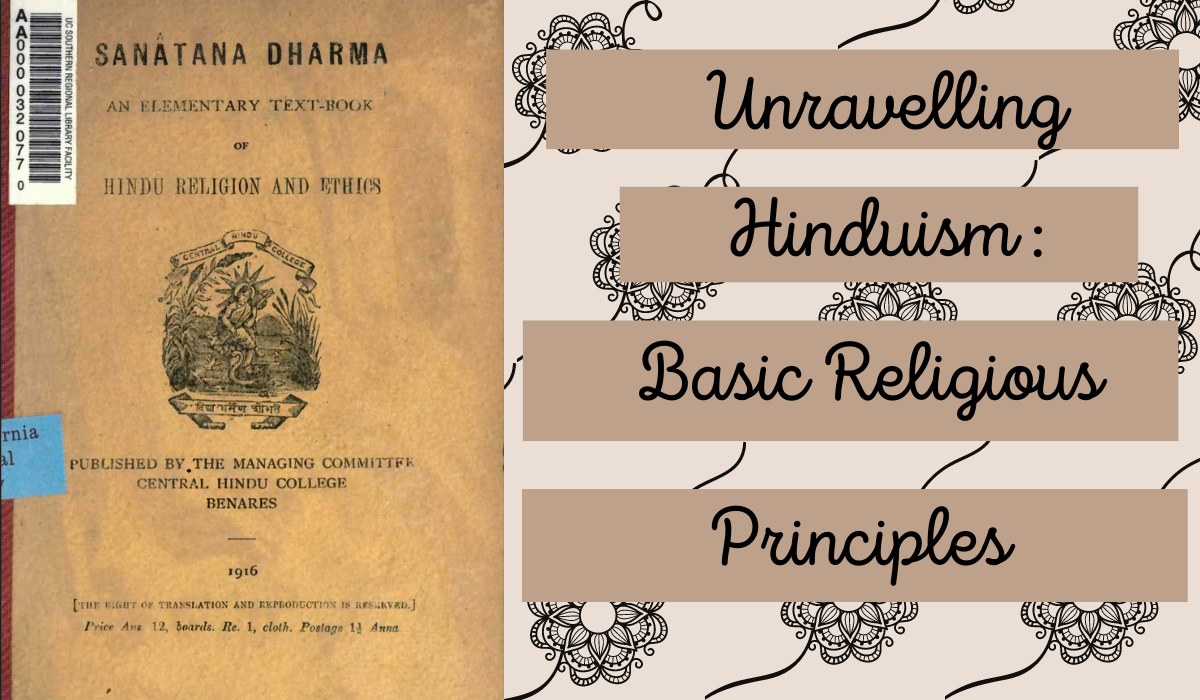The Bitter Bean; Origins

It comes from a berry,
much like a cherry,
and through the cogwheels it goes.
21st century coffee,
origins like geography,
a journey to the cup that you hold.
A bitter luxury. So fundamental to modern day existence it had become one of the most traded commodities globally. It is processed in fields, sheds, kitchens and factories worldwide. Traded and graded. It’s most commonly but not solely consumed as a beverage. Hot. Cold. Prepared in a vast number of ways that vary from region to region, house to house and person to person. It’s prepared with dairy or non dairy milk, sugar, sweetener, coconut oil, curd (Kaffeost, Finland), lemon slices (Espresso Romano), condensed milk (Vietnam) or spices (Brazil, HK, Morocco). Decaf after five.
I’ve partaken in the ritualistic sipping and sighing on an average of twice a day for the last 5 years. As a (relatively) young consumer, I’ve strapped this bitter bean onto my ‘life-tools’ belt with the heaviest carabiner one can mentally conjure. Let me explain why.
The meet cute
On my way to a post student-night 9am lecture, I stumbled out of London Bridge station wrapped in layers of thermals and scarves, my hair messily stuffed into a bun with strategically worn thick framed power glasses hiding my dark circles. My brain felt like the fuzzy white noise you get when the TV loses its signal. A warm breeze drifted by enveloping me in the smell of roasted coffee beans. A door swung open with a ring beckoning me into an insignificant coffee shop on the corner of a cold courtyard.
Clutching onto the warm paper cup that held the bitter elixir, I took a cautious ‘lets not burn my tongue’ sip. (Dramatic music) As though I’d been cardioverted in the middle of the street, a wave of wakefulness and warmth shot from my oesophagus to the tips of my fingers and toes washing away all white noise as it went.
Oh, Coffee!
Coffee. Oh, Coffee! It woke me up after my less than recommended hours of sleep and then again post-carbohydrate heavy lunches. It’s supported me through endless hours of lectures. It was often my only guilt-free break on days jam-packed with library time, and as described in ‘The devil’s cup’ by Stewart Lee Allen, it simultaneously served as an ‘intellectual lubricant’. It helped me make friends as we chatted in lines at coffee shops and keep friends as it made my less-than-favourite interactions palatable. It fuelled my gym sessions and most importantly of all, it’s provided me with the wakeful state required to assume the role of an active member of society (yawn).
Like so many things we take for face value, I sipped on or gulped down my prescribed cups without much thought till one day the ritualistic coffee drinking and a pensive mood coincided. ‘Where does the culture of coffee come from?’
Goats can dance
Like all tales as old as this one, each version is a little different to the next (and some versions are entirely different), following is a summary of the information I stumbled across during my reading.
Around the year 850 AD, in the vast lands of the Ethiopian Empire, a goatherd by the name Kaldi (or Khalid) noticed his goats exhibiting the most unusual of behaviours. Full of energy, they frolicked and danced as they munched on the red cherries of a nearby bush. Curiously, Kaldi tried these red cherries for himself and found himself dancing alongside his goats, the happiest goatherd in the region. He shared his experience with a local abbot and intrigued by the properties of the cherry bush the abbot urged his disciples to consume the berries. Lo and behold the group found themselves able to stay awake for the long hours of prayer, and thus, the word of the magical plant spread across the Arabian Penninsula.
To chew or to brew?
Whilst the discovery of the coffee plant may be attributed to Kaldi and his goats, records show the brewing and drinking of coffee beans came many years later between the 11th and 14th centuries. Till this point, the beans where not roasted but rather prepared as a bean broth with spices or chewed raw with ghee.
The coffee plant travelled across the Red sea in slave ships to the port of al-Makkha, in what is now known as Yemen. Here, Shadilis, a Sufi sect of dervishes wandered the Arabian peninsula drinking their coffee alongside their religious practices. he roasting and drinking of coffee as we know and love today was first documented by these Sufi dervishes. As they wandered they spread their love for coffee or ‘kahve‘, translated to ‘The wine of Araby’.
Rebellion, Satan and intoxication!
As love for this dark drink with mysterious properties spread so did the suspicion of it. While it’s difficult to believe now, at various stages different cultures and countries prohibited the drinking of coffee. Some believed the drink was intoxicating, a profane substance, and others associated the consumption with rebellion or economic misguidance.
In the 1500s the governor of Mecca banned Coffee for encouraging radical thinking and fearing unification of his opposition. Around the same time in Italy, the substance was questioned as satanic and the controversy grew so large that the Pope was consulted and after trying the evil drink for himself, Pope Clement VIII enjoyed it so much he gave it his papal approval. Following this, coffee houses spread quickly across Europe.
Kaveh Kanes
By the 1400s when the Turks conquered Yemen, Coffee ‘Makkha’ aka ‘Mocha’ was being drunk throughout the Islamic world but the journey beyond came with the rise of Ottoman Empire.
Kaveh Kanes (coffe houses) spread rapidly across the Ottoman Empire to Mecca and then on to Europe and then the rest of the world. Coffee followed the traffic of trade and the first coffee house in Europe appeared in Venice (Caffee Florian) in 1645, where, I can personally attest the espresso and cannoli are divine. In 1650 in the UK, penny universities opened where for the price of one penny you could purchase a cup of coffee and engage in intellectual conversation.
The culture continued to spread, and while the first coffee houses emerged 500 years ago, the first coffee giant was created exactly half a century ago (1971) in America; Starbucks.

